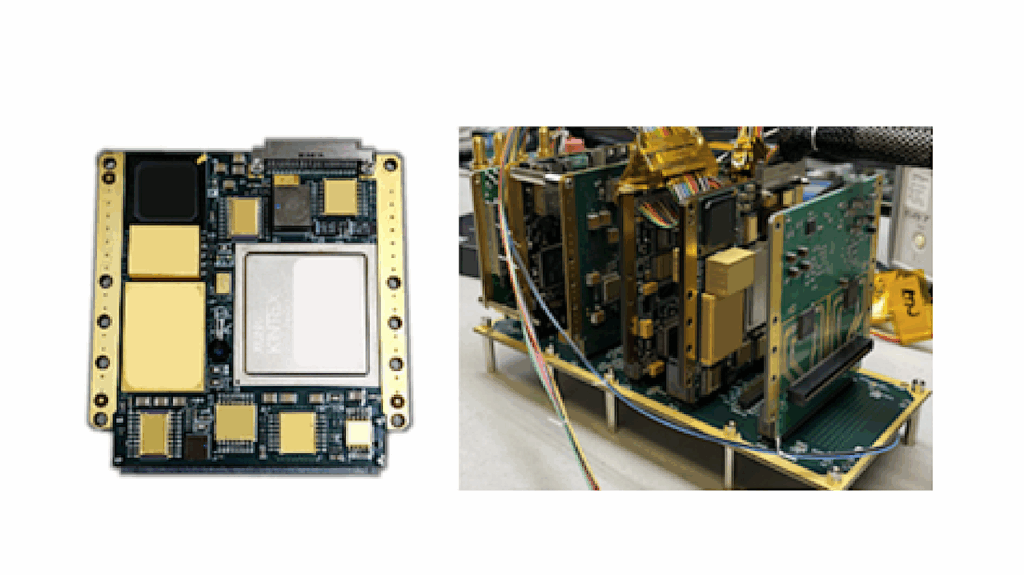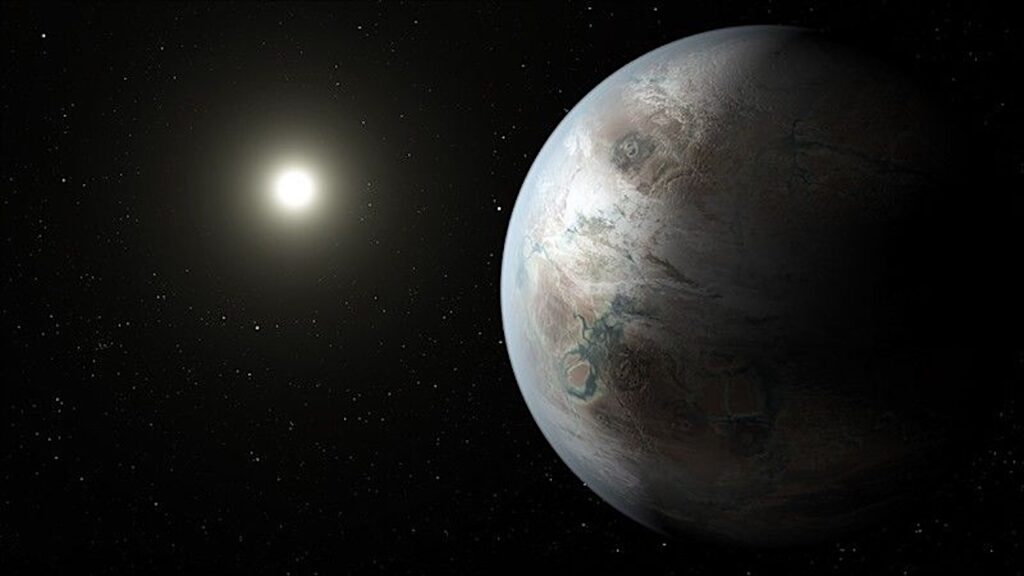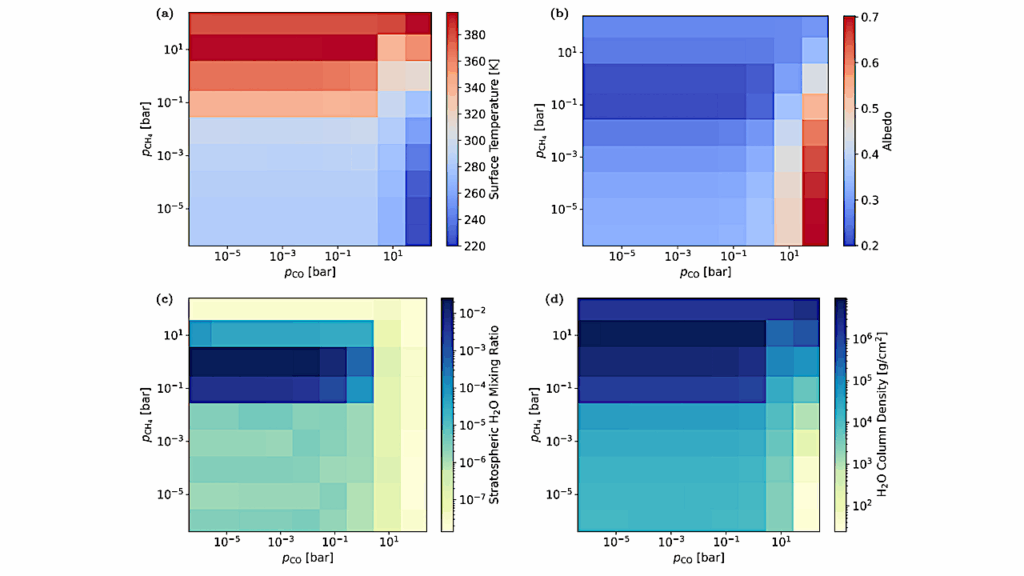Reflected Light From Giant Planets in Habitable Zones

The direct detection of reflected light from exoplanets is an excellent probe for the characterization of their atmospheres.
The greatest challenge for this task is the low planet-to-star flux ratio, which even in the most favourable case is of the order of 10−4 in the optical. This ratio decreases even more for planets in their host habitable zone, typically lower than 10−7. To reach the signal-to-noise level required for such detections, we propose to unleash the power of the Cross Correlation Function in combination with the collecting power of next generation observing facilities. The technique we propose has already yielded positive results by detecting the reflected spectral signature of 51 Pegasi b (see Martins et al. 2015).
In this work, we attempted to infer the number of hours required for the detection of several planets in their host habitable zone using the aforementioned technique from theoretical EELT observations. Our results show that for 5 of the selected planets it should be possible to directly recover their reflected spectral signature.
Reflected light from giant planets in habitable zones: Tapping into the power of the Cross-Correlation Function
Jorge H. C. Martins, Nuno C. Santos, Pedro Figueira, Claudio Melo
(Submitted on 4 Apr 2016)
Comments: Paper presented at the conference – Habitability in the Universe: From the Early Earth to Exoplanets, 22-27 March 2015, Porto, Portugal (11 pages, 4 figures)
Subjects: Earth and Planetary Astrophysics (astro-ph.EP)
Journal reference: Origins of Life and Evolution of Biospheres, 31 March 2016, 1-12
DOI: 10.1007/s11084-016-9493-2
Cite as: arXiv:1604.01086 [astro-ph.EP] (or arXiv:1604.01086v1 [astro-ph.EP] for this version)
Submission history
From: Jorge Martins
[v1] Mon, 4 Apr 2016 23:08:31 GMT (345kb)
http://arxiv.org/abs/1604.01086








